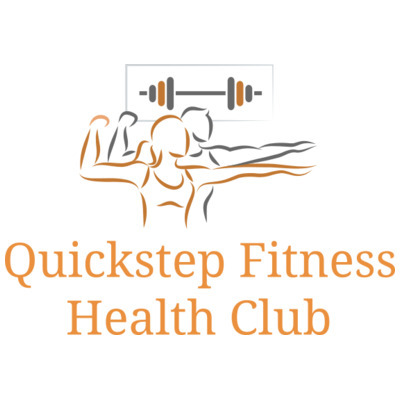Understanding Muscular Imbalances in the Body
- Jason Waite

- Apr 17
- 3 min read
Updated: Jun 2
What Are Muscular Imbalances?
The term “muscular imbalances” refers to a lack of balance between functionally opposite muscle groups. This includes pairs such as the abdomen and back or the left and right sides of the body. When these muscles are not balanced, some may become too tight while others are too loose. This imbalance leads to changes in strength and mobility.
In a balanced body, the left side is as strong as the right. However, various influences can disrupt this balance. If a person focuses on workouts that target only one side, for example, it can lead to dominant muscles. Picture the body like a tent. If one side is pulled tighter than the other, the tent will become unstable over time. Similarly, imbalanced bodies are more susceptible to injuries compared to balanced ones (Dauty et al., 2003; Schlumberger et al., 2006; Yeung et al., 2009; Fousekis et al., 2010; Brockett et al., 2004).
Causes of Muscular Imbalances
Muscular imbalances arise from various factors, including physical inactivity and poor posture. Other causes include repeating compensating habits after injuries and one-sided exertion during sports. Here are some common consequences of muscular imbalances:
Irritation of joints, tendons, and ligaments due to improper movement.
A higher risk of strains and muscle tears, as shortened muscles become mechanically overexerted and lose elasticity (Brockett et al., 2004).
Reduced athletic performance.
Research indicates that if there's a muscular imbalance greater than 15%, the likelihood of injury increases by 2.6 times (Knapik et al., 1992).
Recognizing Muscular Imbalances
Identifying muscular imbalances can be achieved through physiotherapy assessments. These include maximum strength tests and muscle length tests. Another useful tool is EGYM, which provides insights into the strength ratios of opposing muscle groups. For instance, it compares the quads with the hamstrings, analyzing results from its strength machines.
Trainers then use this data to develop a customized exercise regimen aimed at addressing any imbalances. You can also access muscle imbalance analysis through our apps for trainers and members.
Treating and Correcting Muscular Imbalances
Dr. Lutz Vogt, a sports medicine specialist at the University of Frankfurt am Main, suggests modifying workouts to balance out muscular imbalances or prevent them from worsening. To address shortened muscles, low-intensity exercises or gentle stretching are recommended. You can incorporate these practices before or after workouts, or even in separate sessions.
To strengthen weak muscles, add targeted strength exercises to your regular routine. With EGYM, it's easy to counteract these imbalances. The app provides detailed analysis, indicating which muscles require more focus to correct imbalances. Each muscle group has a dedicated machine to train and develop specific musculature effectively.
Preventing Muscular Imbalances
Certain muscle groups are prone to shortening or weakening due to modern lifestyle habits. If you cannot individually assess muscle balance, consider these preventive practices:
Muscles Prone to Weakening
Calves
Adductors
Glutes
Abdominals
Chest
Muscles Prone to Shortening
Anterior Thigh
Posterior Thigh
Lower Back
Hip Flexors
By strengthening weaker muscles and stretching those likely to shorten, you can help prevent imbalances.
Conclusion: The Power of Knowledge in Preventing Issues
To effectively tackle muscular imbalances, it's essential to accurately assess the current state of your body. EGYM provides tools that simplify detecting and understanding these imbalances for gym members. By doing so, the unpleasant consequences of imbalances can be prevented, and existing issues can be effectively addressed.
Additional Resources: Understanding Your Body
Have you ever heard of the EGYM BioAge? This innovative system helps individuals gauge their fitness level and monitor progress, enabling a targeted approach to health and wellness.
By utilizing resources like EGYM, individuals can take charge of their physical wellbeing and work towards correcting muscular imbalances, ensuring they can lead healthier, more active lives.



Comments